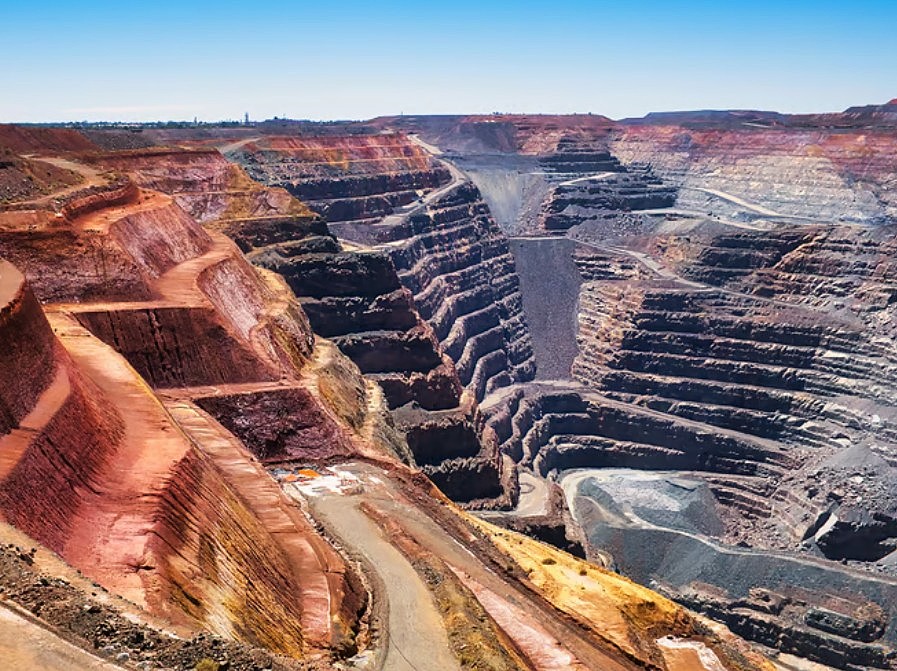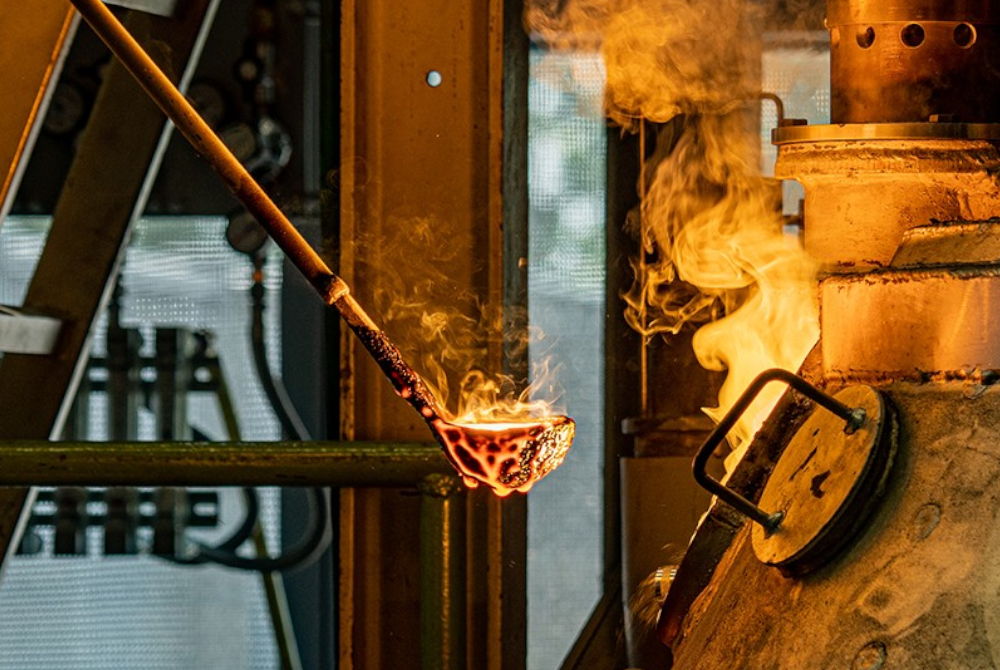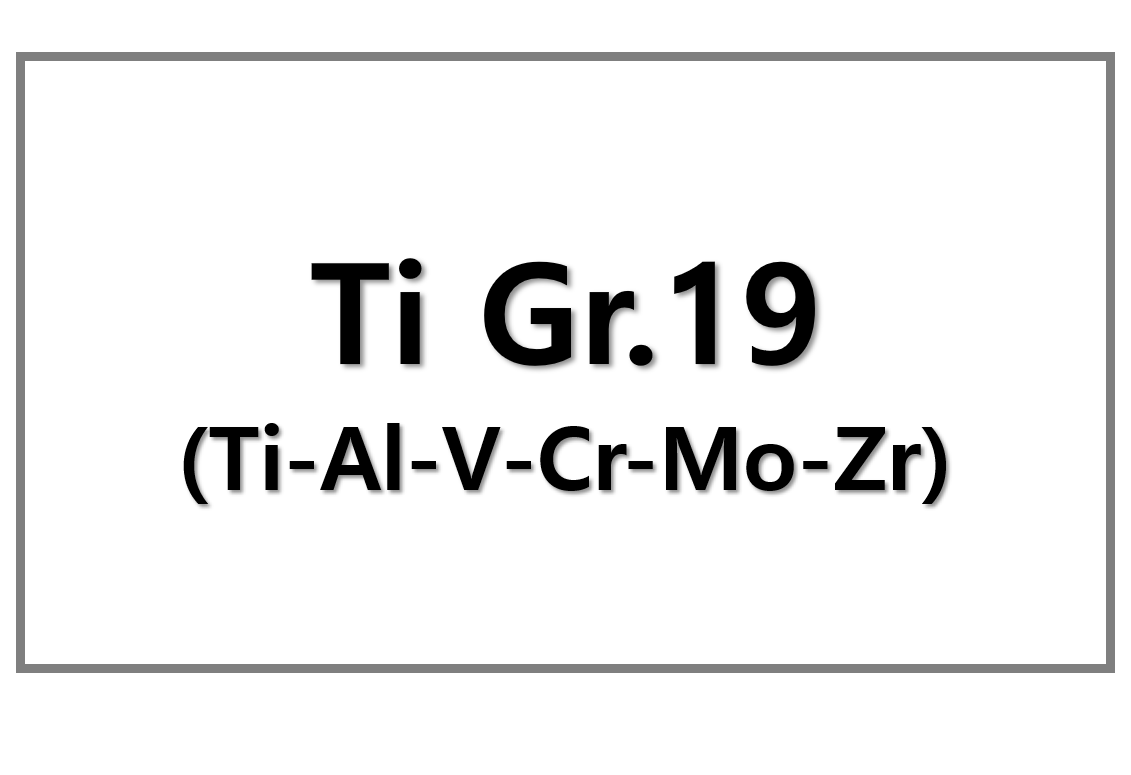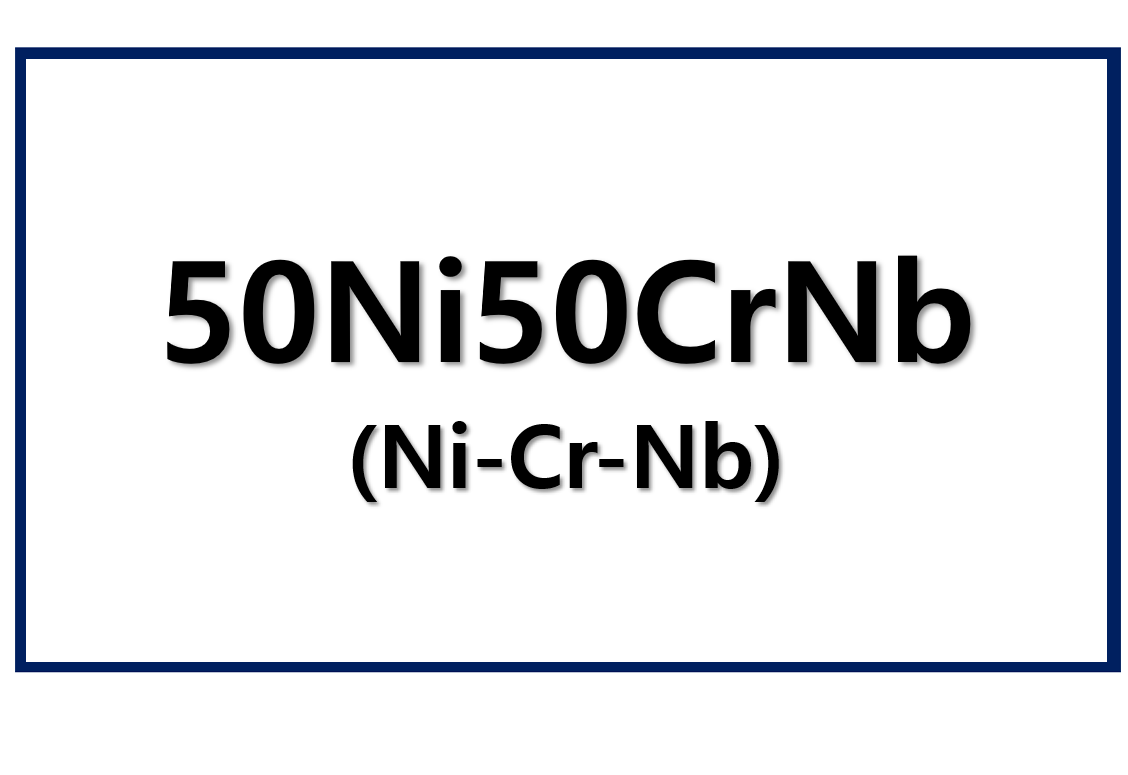
China’s steel industry witnessed a significant rise in emissions in March 2025, with a 9.7% increase compared to the previous year. Despite this, the emissions of harmful gases such as sulfur dioxide, particulate matter, and nitrogen oxides saw notable reductions. This article breaks down the key factors contributing to the rise in emissions and the efforts toward more sustainable practices in the sector.
Rise in Emissions and Energy Consumption
In March 2025, steelmakers from the China Iron and Steel Association (CISA) recorded a 9.7% year-on-year (y/y) increase in emissions. This rise occurred despite efforts to reduce the environmental impact of steel production. Emissions of sulfur dioxide, particulate matter, and nitrogen oxides all saw significant reductions, dropping by 13.1%, 5.5%, and 16%, respectively.
Alongside emissions, total energy consumption in the steel industry also increased by 2.1% y/y. However, energy consumption per tonne of steel rose marginally by 0.06%. This suggests that while overall energy use increased, the efficiency of energy use per ton of steel saw only a slight uptick.
Significant Growth in Clean Energy and Water Usage
In an encouraging development, China’s steel industry has made substantial strides in clean energy production. In March 2025, clean energy generation increased by 39.8%, with wind energy rising by 327% and solar energy up by 37%. This shift towards renewable energy sources is a critical step in reducing the overall environmental footprint of steel production.
Water usage, however, continues to present challenges. The water consumption per ton of steel increased by 2.2% y/y, reaching 2.28 cubic meters. Water withdrawals also saw a rise, increasing by 2.05%. Despite these increases, efforts to recycle water have maintained high levels of reuse, although the recycling rate has slightly decreased by 0.05 percentage points to 98.38%.
Waste and Slag Management in Steel Production
One positive aspect of China’s steel production is the high utilization rate of steelmaking by-products. The utilization of steelmaking slag, blast furnace slag, and iron-containing dust remains above 98%. Moreover, the use of combustible gases like blast furnace gas, BOF gas, and coke oven gas also exceeds 98%, with slight increases in the share of blast furnace and coke oven gases.
Implications for the Industry and Sustainability Efforts
While China’s steel industry continues to face environmental challenges, efforts to enhance energy efficiency, clean energy generation, and waste management are promising. However, the rise in emissions highlights the sector’s ongoing struggle with balancing industrial production with environmental sustainability. The industry’s overall emissions











Leave a Reply
You must be logged in to post a comment.